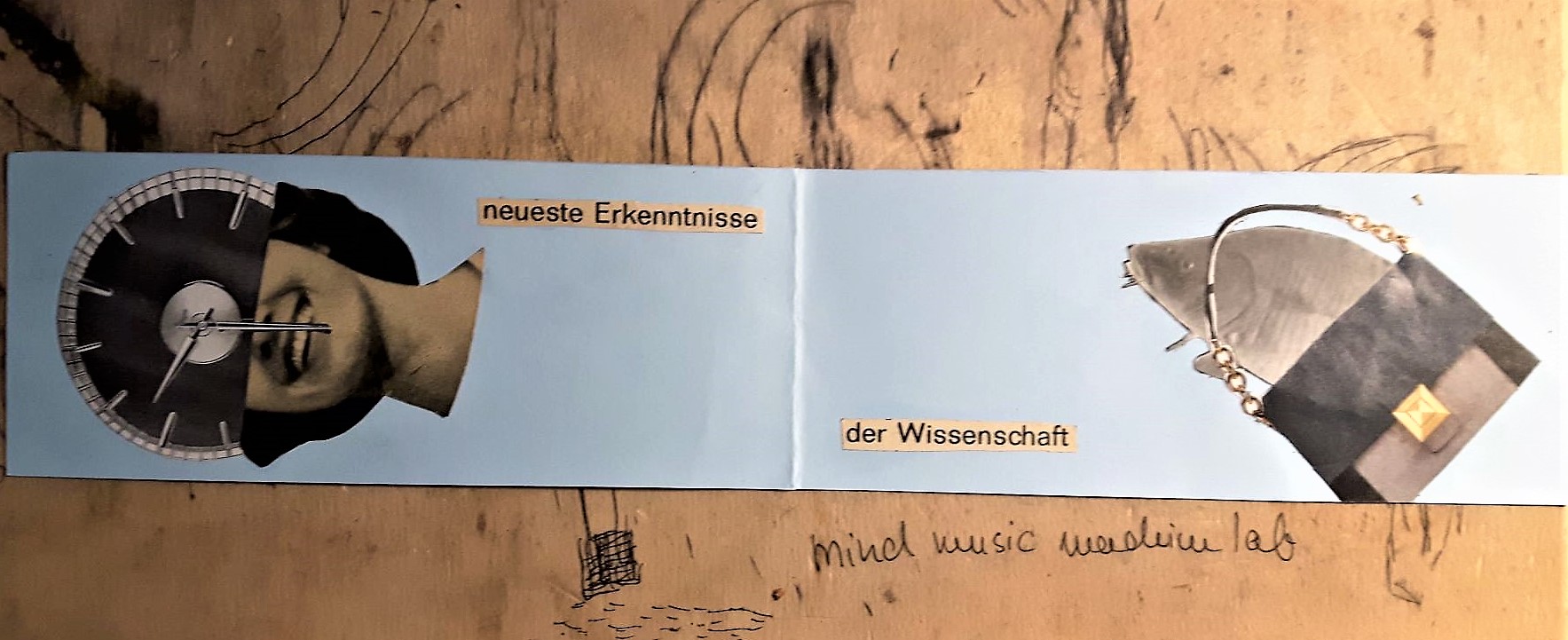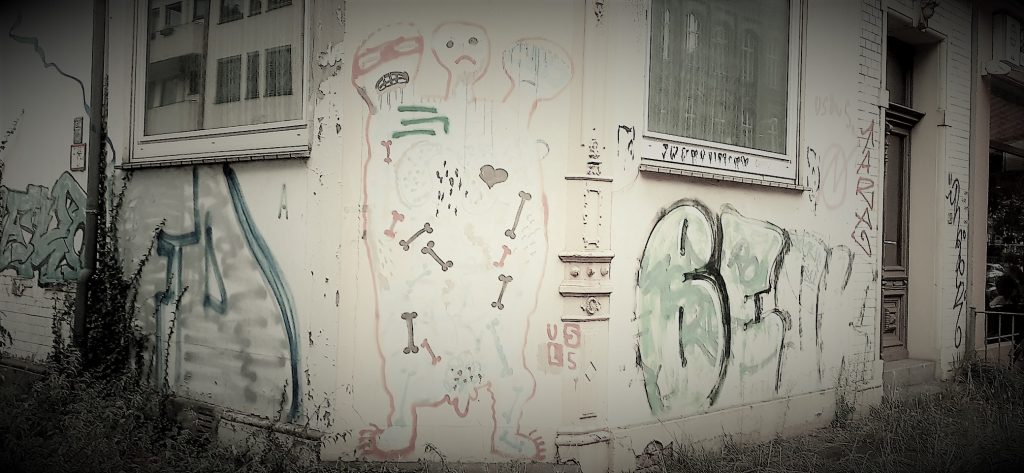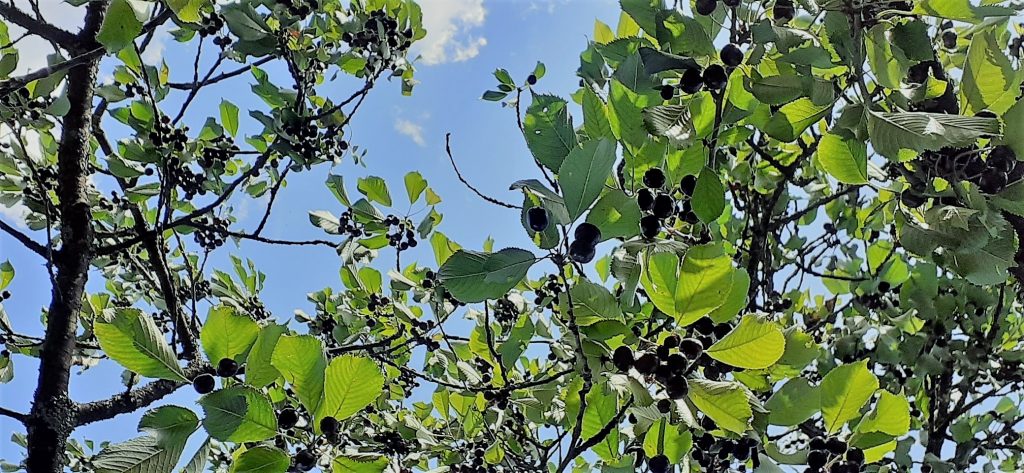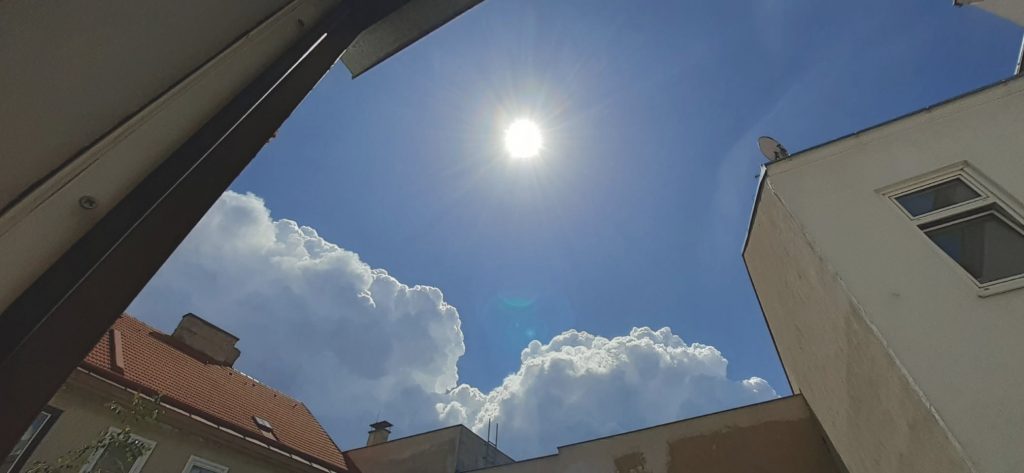”Prototype theory proposes that we have a broad picture in out minds of what a chair [roof/bird/tree] is, and we extend this picture by metaphor and analogy when trying to decide if any given thing that we are sitting on counts. We call up a best example, and then see if there is a reasonable direct or metaphorical thread that takes us from the example to the object under consideration.”
Bowker, Geoffrey C, and Susan L. Star. Sorting Things Out: Classification and Its Consequences. Cambridge, Mass: MIT Press, 2008. p 62
Die Prototypentheorie schlägt vor, dass wir ein umfassendes Bild davon haben, was ein Stuhl [Dach / Vogel / Baum] ist, und wir erweitern dieses Bild durch Metapher und Analogie, wenn wir versuchen zu entscheiden, ob ein gegebenes Ding, auf dem wir sitzen, dazu zählt. Wir rufen ein bestes Beispiel auf und prüfen dann, ob es einen vernünftigen direkten oder metaphorischen Faden gibt, der uns vom Beispiel zum betrachteten Objekt führt.




